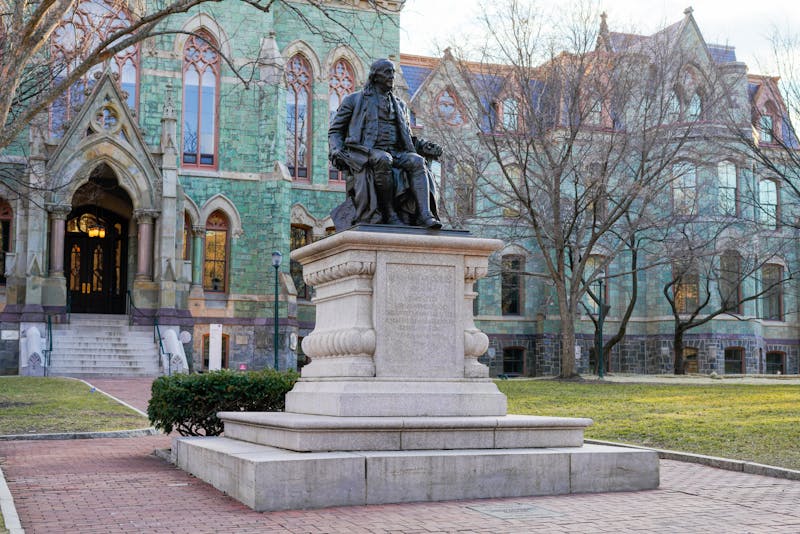
Many students have leftover swipes by the end of each semester.
Credit: Annie LuoStudents claim the current meal plan system causes an excess of meal swipes each semester. The Undergraduate Assembly is currently working with Penn Dining Advisory Board to find more options for students to use swipes, but administrators do not see much reason for significant change.
Wharton first-year and UA representative Carson Sheumaker said he is currently working with the Penn Dining Advisory Board, of which he is also a member, and a student focus group to provide a report for Penn Dining administrators outlining student perception of the current meal plan system. Penn Dining administrators said, however, Penn has offered sufficient ways for students to use the swipes and that they have a responsibility to actively seek out these alternate solutions.
“Even before coming to Penn, I heard about the problems with there being too many meal swipes left over, and not enough to do with it at the end of the semester," Sheumaker said.
According to the Penn Dining Website, first-year students are required to purchase one of three dining plans which feature different numbers of meal swipes and dining dollars at a standing price of $5,590 for two semesters. The plan with the most swipes for freshmen includes 240 swipes per semester, equivalent to 16 visits to dining halls each week. Upperclassmen are given more flexibility and can select from nine meal plans at different price points.
“I have found that it would be close to impossible to use that many swipes,” Sheumaker said. “This is one of the issues that the dining staff is trying to fix: more options to use the swipes.”
Wharton first-year Aaron Ramsey agreed that leftover meal swipes continues to be a problem for many students.
“I do think we get too many swipes, even with the plan with the least swipes,” Ramsey said. “I think they should let you convert more [to dining dollars].”

Sheumaker is part of the UA and Penn Dining Advisory Board.
Ted Morrin, the Meal Plan Manager, said students can use their meal swipes beyond simply eating at dining halls through meal exchange at Gourmet Grocer, where students can use swipes to purchase items at the store, and the Green2Go program, where students can use a swipe to take a meal on-the-go in a reusable container.
Pam Lampitt, the director of business services and hospitality services, added that a new initiative at Gourmet Grocer will allow students to exchange one meal swipe for a whole cake per semester.
“I think one of the challenges is just making sure that [students] are aware of all the opportunities they have [to use meal swipes],” Morrin said.
Lampitt expressed frustration that students do not capitalize on all the options that Penn Dining offers.
“We are doing what the students want, which is expanding hours, locations, opportunities. What happens is we fall prey to hearsay or history: ‘dining is bad,’” Lampitt said. “Once you provide people [with] the correct information, they go 'oh,' but they are so quick to judge us. They are so quick to say that we don’t do something or we don’t have something.”
Penn’s chapter of Swipe Out Hunger, which was started in 2014 by two Penn students, allows students to donate their unused meal swipes to food banks and students in need. A major recurring event is the Swipe Out Hunger Donation Day, which has taken place every semester since spring 2015. For a given day each semester, Penn students can donate up to five swipes, and Penn’s dining service, Bon Appetit, would donate the corresponding monetary value to food banks such as Philabundance, the largest food bank in Delaware Valley, and SHARE, another local food program.
Other peer institutions such as New York University, Barnard College, and Columbia University let students donate their excess meal swipes to the problem of food insecurity for low-income students. Originally created by and for NYU students, Share Meals is an app that allows students to claim free dining hall swipes from other students.
The Daily Pennsylvanian is an independent, student-run newspaper. Please consider making a donation to support the coverage that shapes the University. Your generosity ensures a future of strong journalism at Penn.
Donate






